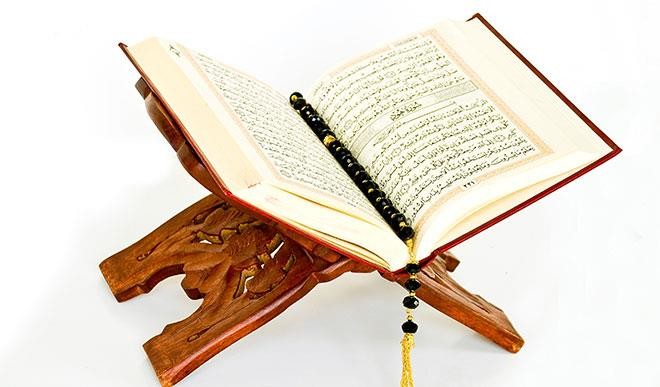Tsangaya school’s integration: 342 schools unsustainable-Alaramma
Kano state government has been urged to address some observed shortcomings in the processes of integrating Tsangaya/Islamiyya schools into the conventional school curriculum. The head of the Association of Young Alarammas, Malam Bayero Badamasi Muhammad, who made the call in an interview with Chronicle in Kano, said 342 Almajiri schools at the pilot stage are […]

Kano state government has been urged to address some observed shortcomings in the processes of integrating Tsangaya/Islamiyya schools into the conventional school curriculum.
The head of the Association of Young Alarammas, Malam Bayero Badamasi Muhammad, who made the call in an interview with Chronicle in Kano, said 342 Almajiri schools at the pilot stage are unsustainable.
It could be recalled that the state government had selected some Tsangaya schools in the state and recruited about 600 teachers to teach conventional subjects in the schools with the aim of preparing students of Quranic schools for further studies even in conventional schools in the future.
Alaramma Bayero faulted the selection process of the almajiri schools across the 44 local government areas of the state, saying that the selection was done on political ground.
“The selection of the schools was done politically. If you don’t know anybody your school will not be included in the programme. This is not a political programme. We are talking of integrating Almajiri schools into the mainstream curriculum-based education system. I think every almajiri has a right to benefit from the programme irrespective of his political affiliation.”
Alaramma Bayero said starting with 342 Almajiri schools at the pilot stage, meant that the programme was beyond government’s capacity to sustain it.
“We salute the government’s effort for the wonderful job it is doing. But more measures should be put in place to bring forth the dignity and resourcefulness of pupils for the overall development of the state. Government should start the programme with a little number of Tsangaya schools so that it can be sustained. This is a new programme and it costs a lot of money like feeding allowances for the students, learning materials and so on,” he said.
